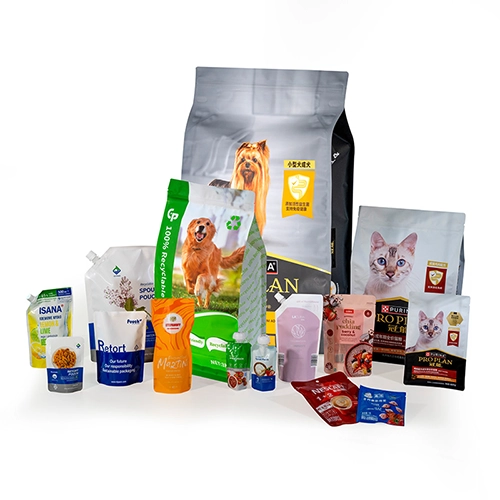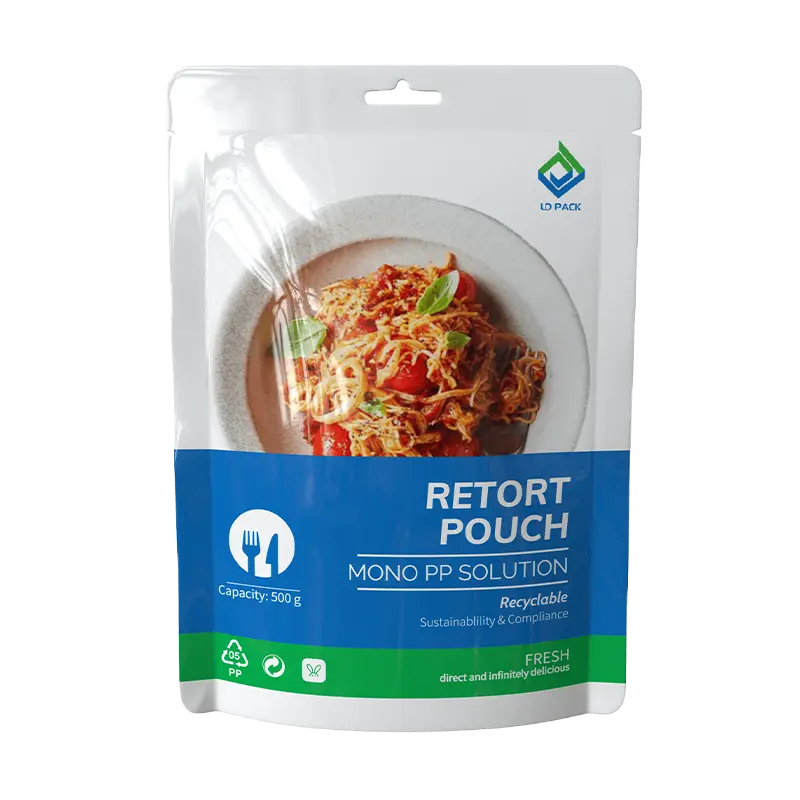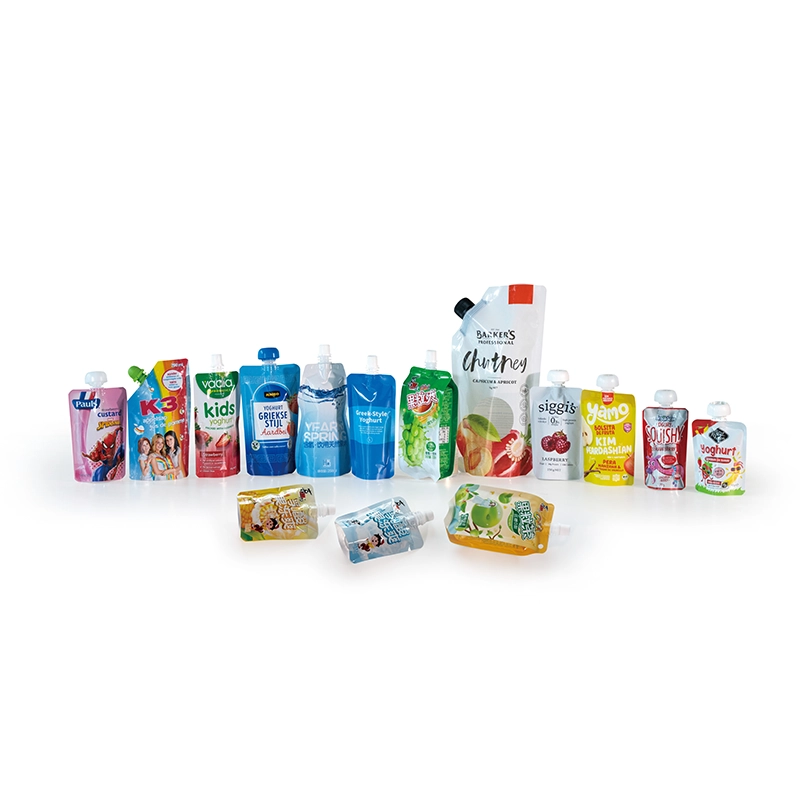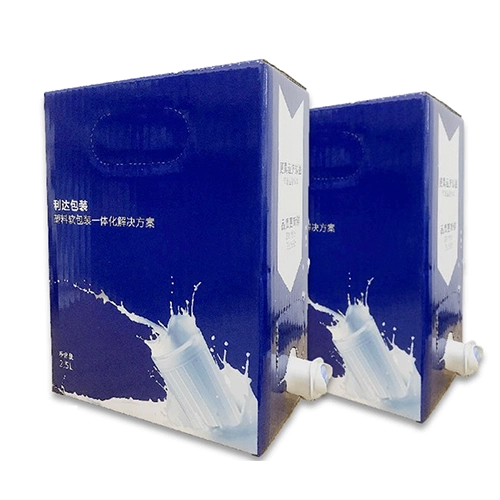Laminated Packaging Process Cost Optimization(Ⅰ) —Based on Analysis of Barrier Layer Thickness Uniformity and Performance Stability
How can laminated packaging reduce costs? Ensuring uniform thickness is key to maintaining protective functions.Taking barrier functional materials as an example, the uniformity of the barrier layer directly affects overall barrier performance. The barrier layer is the most critical part of a barrier film, and its effectiveness depends on the material used, such as aluminum foil, metallization, Silox coating, PVDC, or EVOH. On the other hand, it also depends on the thickness of the barrier layer. Generally, the thicker the barrier layer, the better the film's barrier performance. However, once the barrier layer reaches a certain thickness, the film's barrier performance stabilizes and no longer increases with further thickness. High-barrier materials are costly, so the thickness of the barrier layer directly impacts the overall cost. Multi-layer laminated films help reduce packaging costs, with the barrier layer typically only around 10% of the total thickness. However, controlling thickness uniformity is difficult. Inconsistent thickness can weaken the film’s barrier properties, affecting shelf life and the film’s appearance, especially for transparent films.
Uneven thickness in any layer of multi-layer composite films can cause inconsistencies in the final product, creating weak points in mechanical performance. This makes it prone to cracks and holes during packaging, transportation, storage, or sales, ultimately reducing or losing its protective function.




